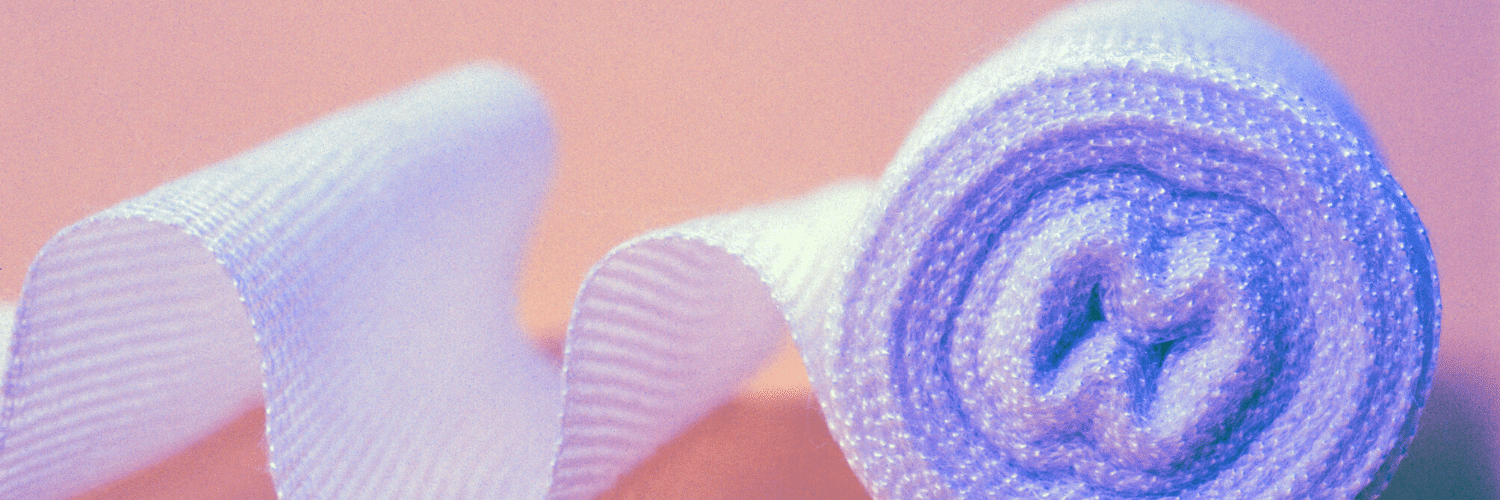
After any type of surgery, it is important to keep all incisions clean and dry to reduce the likelihood of post-surgery infections.
Following breast reconstruction, patients can expect to have wound dressings on the breast and possibly other areas of the body (like the abdomen or thighs) depending on the type of reconstruction procedure performed.
Dressings can be made up of folded gauze or a clear air and water-tight tape-like material—referred to as occlusive wound dressings. Occlusive would dressings are designed to provide a complete seal over incisions. They do not have the absorbent properties of gauze but do a great job of keeping fluids and harmful contaminants, such as viruses and bacteria, away from incisions.
One of the many benefits of occlusive dressings is easier post-operative care for our patients. Since the dressing typically stays in place for 1-2 weeks after surgery, patients do not have to be bothered with replacing the wound dressings themselves. Due to the tape-like material, the occlusive dressings also help reduce the tension on incisions after surgery. This can help reduce the risk of minor complications such as open incision and can help reduce the appearance of future scars.
Some patients may have an allergic reaction to occlusive dressings. Signs of an allergic reaction include redness around the dressing, a visible rash, skin blistering and/or warmth of the surrounding skin. Reactions can be mild or severe but can be easily treated with taking an over the counter antihistamine (such as Benadryl) or using topical steroid ointments. If at-home treatment does not reduce or resolve the symptoms, we recommend calling your nurse for further instructions.
Author: Dr. Minas Chrysopoulo and Courtney Floyd
Following breast reconstruction, patients can expect to have wound dressings on the breast and possibly other areas of the body (like the abdomen or thighs) depending on the type of reconstruction procedure performed.
Leave Comment
-

Very Helpful
July 21,2020
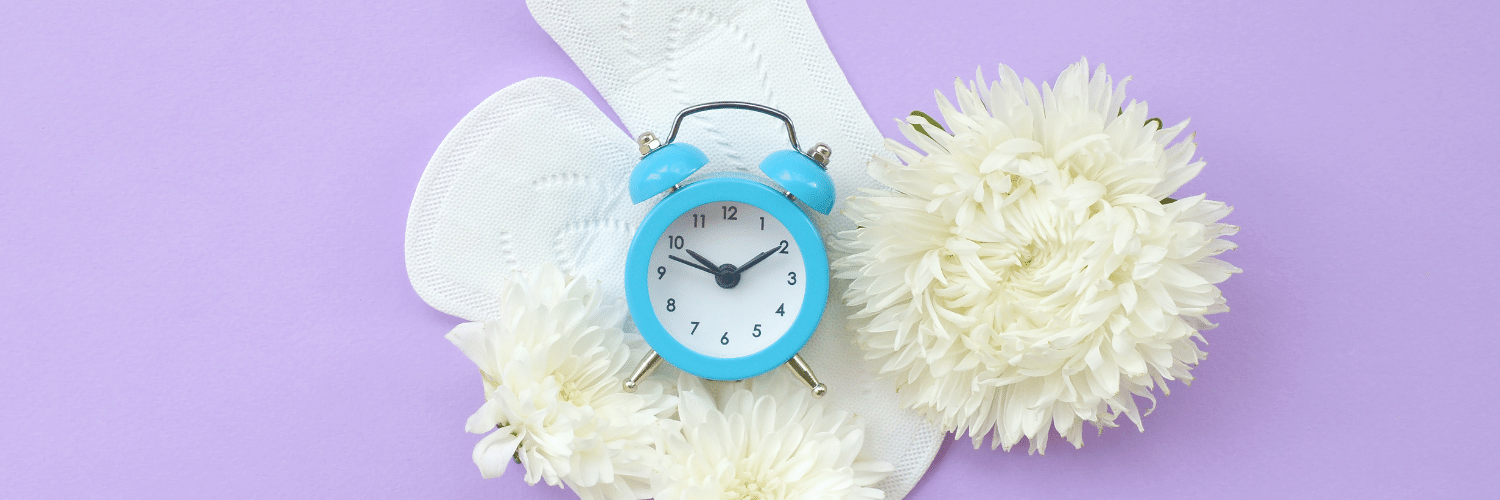
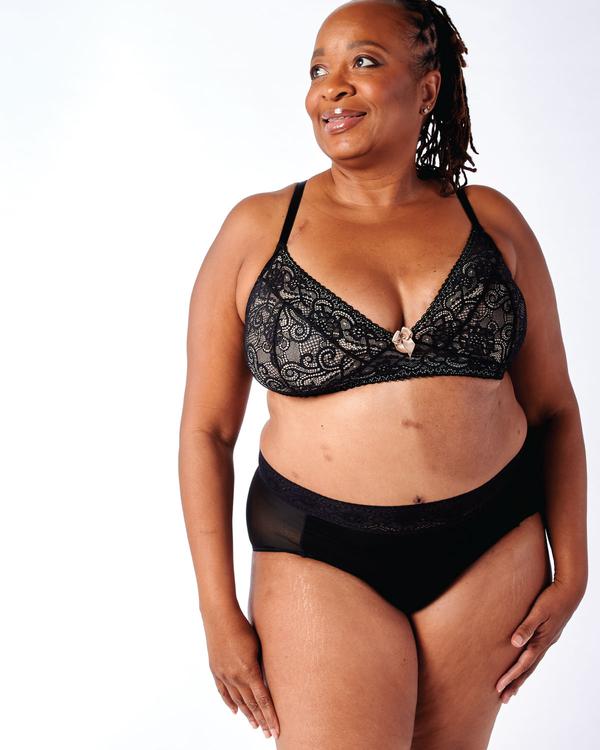

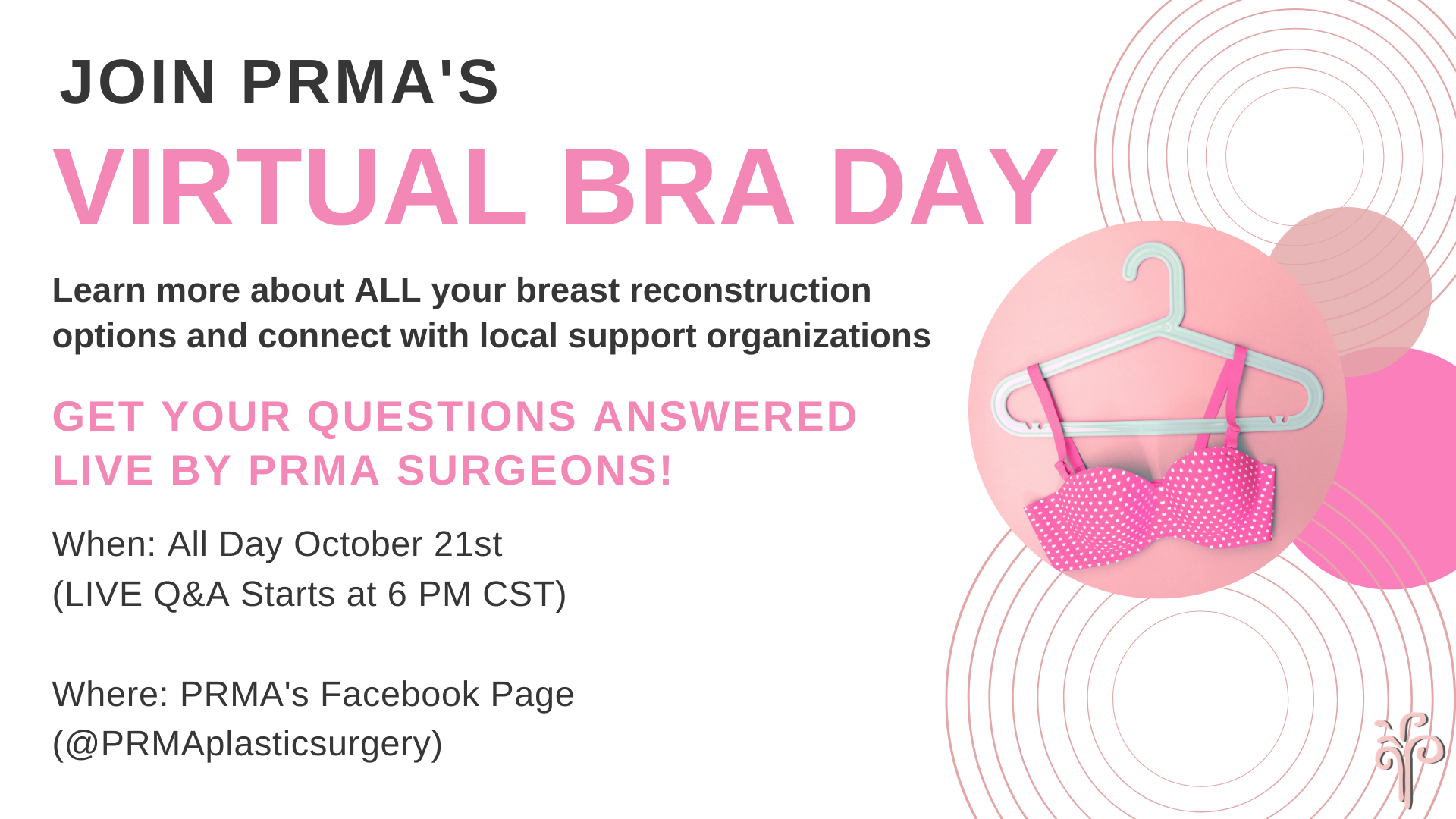
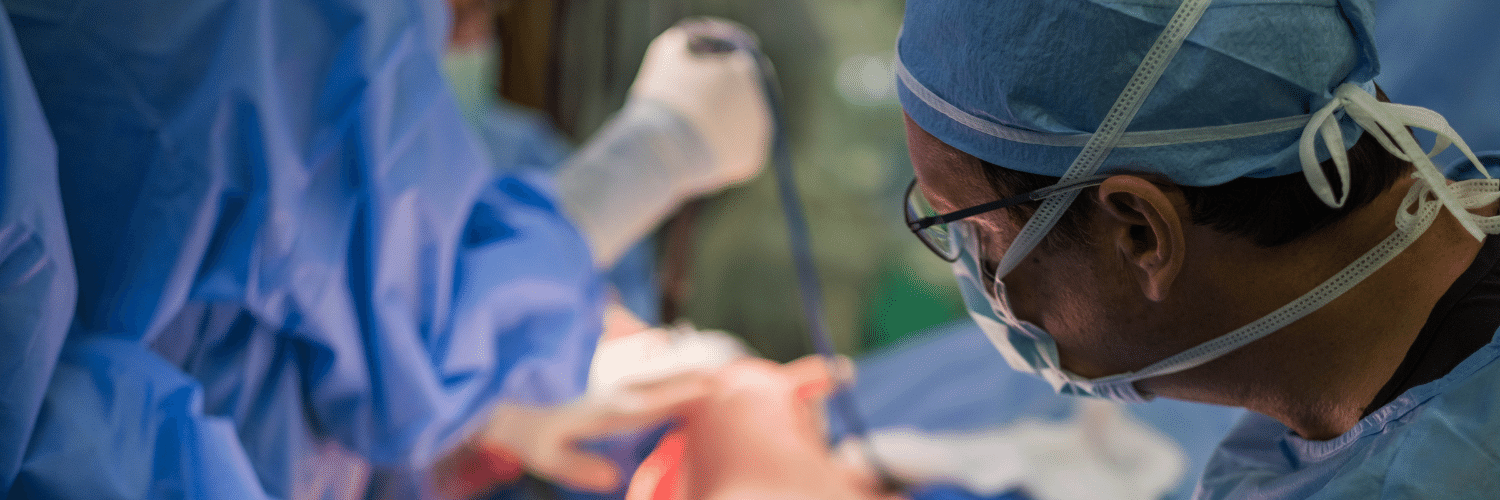

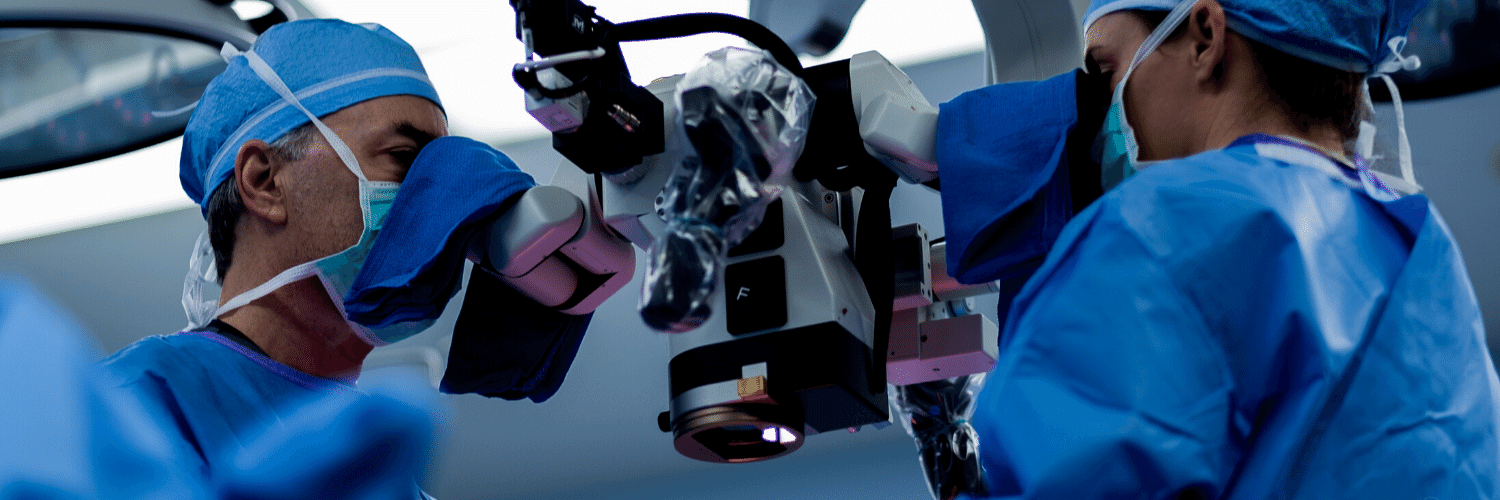

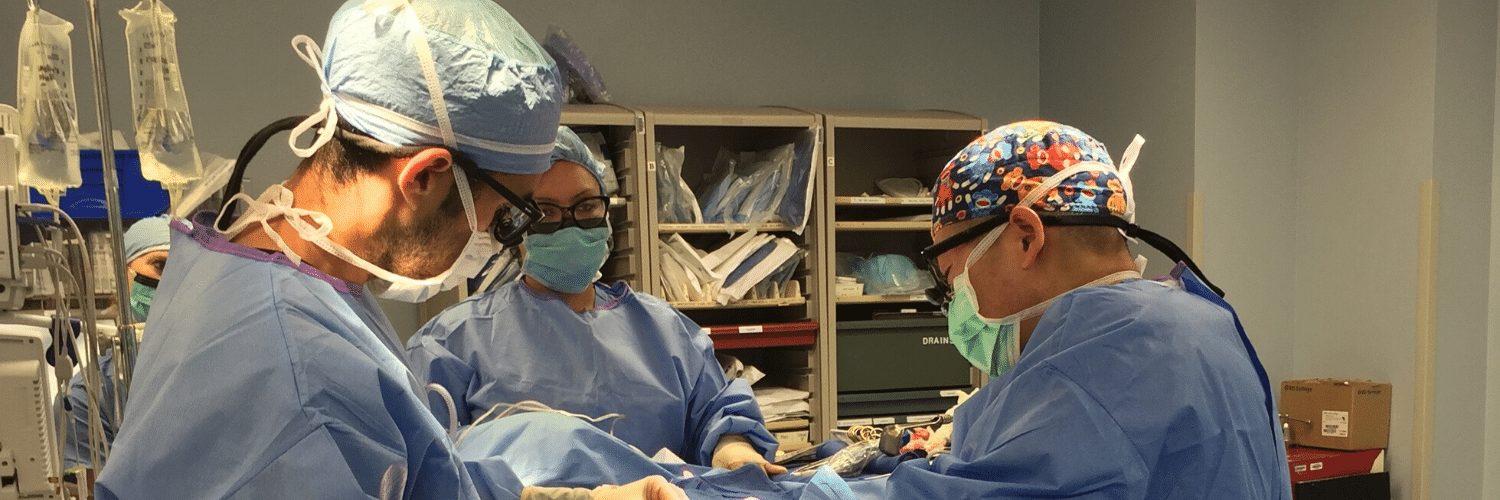
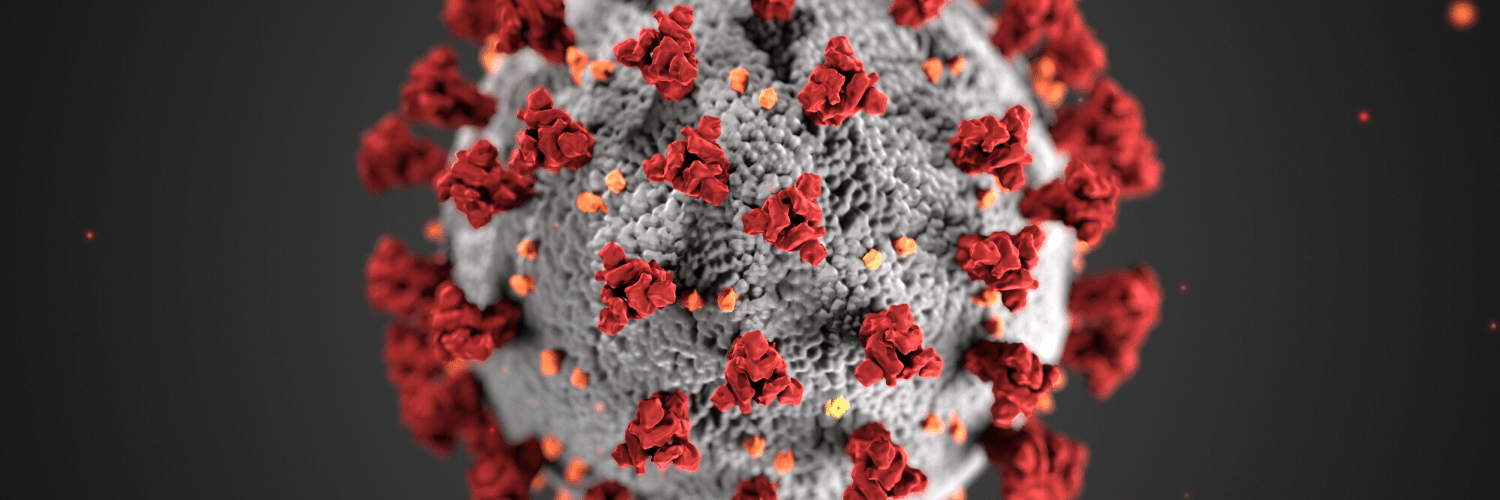

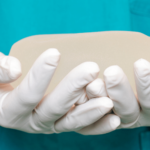
Andy
Very Helpful